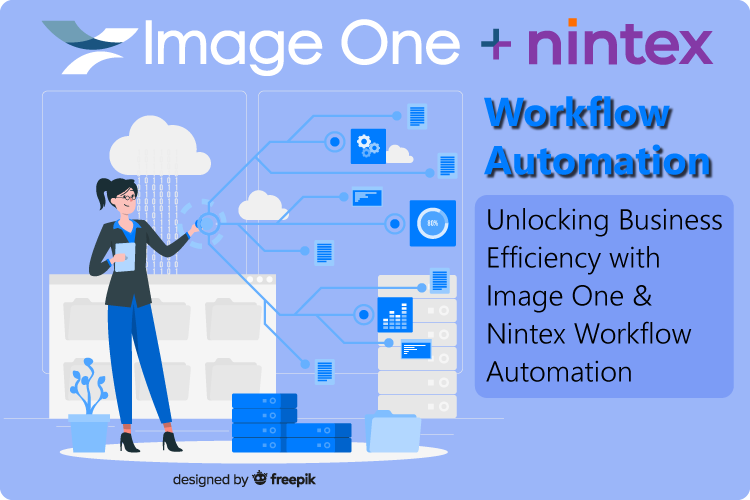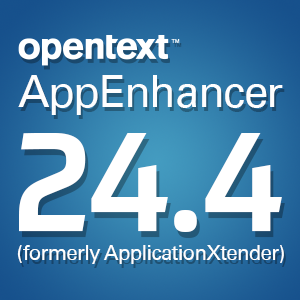Schools going paperless to lower costs and raise student experience
Friday, March 22, 2013Educational institutions around the country struggle with growing documentation volumes and ensuring that information is easily available to students. Fortunately, new paperless technologies have made document management more effective, thus improving the quality of education.
The Leader-Herald reported that mobile technologies and an electronic database have enabled students at Fulton-Montgomery Community College to access information more easily. Public Services Librarian Michael Daly explained that document storage was a major reason for the paperless transition.
"One of the practical reasons this came about was we were running out of space," he told the source. "We were having more and more instructors request librarians' presence in the class to talk about finding, evaluating and organizing information [for project research]… So we definitely noticed the need for more access."
According to the news source, the college purchased iPads for the mobile classroom and library, which is expected to benefit both instructors and students. Daly explained that these changes will drastically change the classroom environment, allowing a more interactive and informative learning experience.
Library Director Mary Donahue noted that many faculty members don't use actual textbooks anymore, since many texts have been digitized and are accessible on the web, the Leader-Herald reported.
The news source further revealed that the Broadalbin-Perth Central School District eliminated to use of paper packets that averaged 200 sheets per month by switching to a paperless system. Superintendent Stephen Tomlinson reported that the district will have saved more than $3,500 due to a reduction in both paper resources and time from compiling the packets.
Less paper dependency for sustainability
Arizona State University (ASU) is another school that has implemented an electronic document management system in an ongoing objective to minimize paper consumption. The electronic solution will streamline the university's curricular management while empowering more sustainable practices for all processing functions. The automation features to this new system will streamline management, workflow, approvals and development across all six campuses to provide significant cost savings. Maria Allison, ASU executive vice provost for academic affairs and graduate dean, is optimistic about the paperless transition.
"To date so much of the work requires a huge amount of human resource to handle electronic routing and archiving of word documents and PDF curricular documents," she said. "[The technology] will not only allow ASU to work more efficiently with transparent and timely communication with the academic units, but it will also allow for historical archiving of all actions relevant to curricular and course approvals."
As education systems increasingly look to cut costs, increase efficiency and better deliver information to students, an electronic solution can provide a consolidated system for accessing critical records.
Brought to you by Image One Corporation providing complete information governance since 1994.




